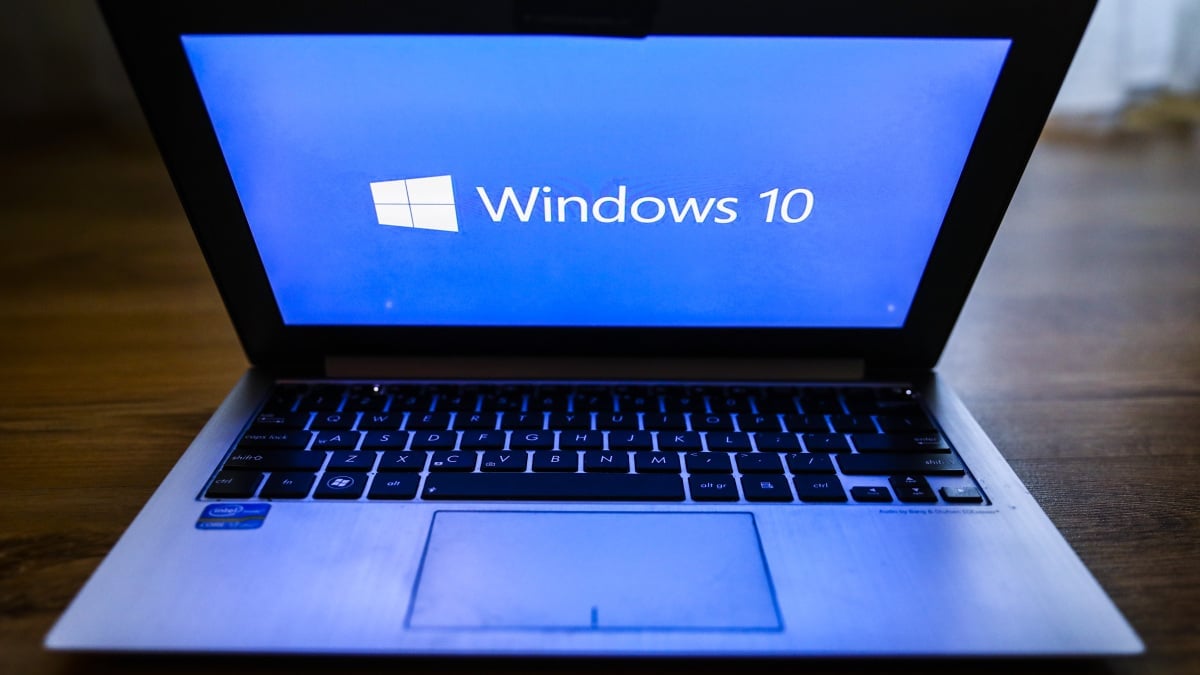

Donald Trump says random bullshit he cannot deliver on, that will appeal to his most rabid supporters.
The Biden Tariffs have way more impact on total EVs sales than reducing the EV credit to $0. The tariff blocks $6k EVs from enter the US, the credits just knocks $7.5k off a $50k car.
Like I get that us here in the United States are wary of Chinese things, but let’s all be honest, American car companies aren’t going to produce a sub $20k EV anytime soon. LiFePO₄ batteries have been a thing for some time now, the excuse the batteries are the main cost of the car is faux argument that US makers just aren’t ready to stop subsidizing their other vehicle platforms with EV sales.
Trump’s arguments won’t do shit no matter which side of the aisle you sit. The thing killing wide adoption in the US of EVs is the US EV makers.





Do you use autocomplete? AI in some of the various ways that’s being posited is just spicy autocomplete. You can run a pretty decent local AI on SSE2 instructions alone.
Now you don’t have to accept spicy-autocomplete just like you don’t have to accept plain jane-autocomplete. The choice is yours, Mozilla isn’t planning on spinning extra cycles in your CPU or GPU if you don’t want them spun.
But I distinctly remember the grumbles when Firefox brought local db ops into the browser to give it memory for forms. Lots of people didn’t like the notion of filling out a bank form or something and then that popping into a sqlite db.
So, your opinion, I don’t blame you. I don’t agree with your opinion, but I don’t blame you. Completely normal reaction. Don’t let folks tell you different. Just like we need the gas pedal for new things, we need the brake as well. I would hate to see you go and leave Firefox, BUT I would really hate you having to feel like something was forced upon you and you just had to grin and bear it.